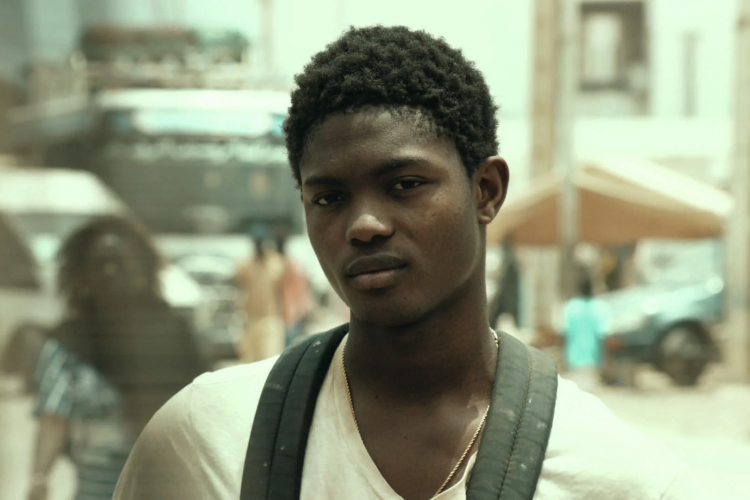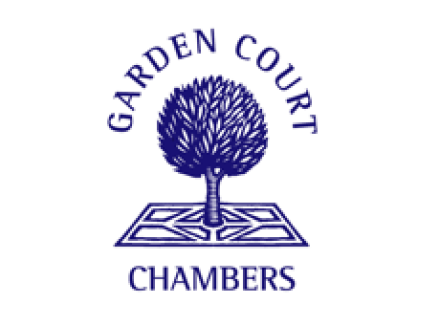Guest post by Nabil Ferdaoussi. Nabil is a Doctoral Research Fellow at HUMA-Institute for Humanities in Africa (UCT) and Associate Doctoral Fellow at Center for Global Studies (UIR). His research examines forms of post-mortem violence and the politics of race, borders and visuality at the Moroccan-Spanish borderlands.

Border studies have become an ever-expanding field of inquiry, integrating conceptual and theoretical frameworks from the humanities, social sciences and further afield. To pin down what Border Studies is, or gauge its epistemological scope, is thus no easy feat. In fact, a coterie of border scholars is apprehensive about the hyper-interdisciplinarity of the field—irrespective of the gains it has reaped, probing the added-value, relevance and methodological rigor of these disciplinary overlaps. Whilst a series of epistemological ‘turns’ have punctuated the field, the so-called ‘processual turn’ has been trumpeted as a tour de force, redirecting our focus from the border as an ontological object to bordering as a process of reproducing, rationalizing and sustaining exclusionary practices.
Artistic productions with the aim of subverting these bordering regimes are not short in supply and have contributed to the emergence of subfields within Border Studies (e.g. border arts, border aesthetics, border poetics and border cinema). By configuring borders and bordering practices, these politicized artistic productions unveil the unsavoury underbelly of bordering institutions, thereby constituting what I call debordering aesthetics. Nowhere does this aesthetic subversion figure more prominently, yet arrestingly, than in Mati Diop’s directorial debut, Atlantics (2019).
Set in the squalid suburbs of Dakar in Senegal, the film recounts the story of a young woman, Ada, who loves Souleiman—a construction worker, but betrothed to an affluent businessman named Omar. The film opens with a tongue-in-cheek juxtaposition: a mammoth tower overlooking the Atlantic Sea is built by a state-run company that curtailed Souleiman and his friends of three months’ wages. Enamoured of each other, Ada and Souleiman arranged their moonlight tryst by the seaside, but when Ada managed to sneak out of her room window Soulaiman had already set sail in a rickety boat towards the Spanish Archipelago. Ada’s indomitable affection to Souleiman blinds her to the luxurious lifestyle of Omar, despite being persuaded by her friends to brush off Souleiman. Her much-coveted nuptial bed was, out of nowhere, set ablaze—suspected of scheming arson along with Souleiman.
The narrative texture of the film is skillfully woven with colorful threads of mystery, metaphor, and voodoo-like supernaturalism. As forensic investigations are carried out to detect the main culprit behind the attempted arson, the film sways intermittently to scenes where a handful of roaming ghosts wreak havoc on the streets at night. We are not immediately told what these roving specters are, until we see them hold a conversation with Andi—presumably the director of the company in charge of the tower construction project— to reclaim their protracted wages. With hindsight—when one ghost relates their drowning at sea to Ada in the bar, we realize that the ghosts that haunt the director include the dead body of Souleiman. The fact that Diop confronts us only with ghosts of dead migrants—rather than a direct, sensorial experience of their boat distress at sea, shows how acute she is in not reproducing the rebordering visual regimes of information campaigns. The latter are mobilized to promote a culture of immobility and deconstruct the imaginary of migration to Europe by sharing short films about fictionalized suffering of migrants who decided to leave their countries of origin.
Atlantics is a ghost story that primes us to probe ever more deeply into the haunting repercussions of late modernity, of bordering institutions, of modern capitalism and decolonization—as well as those of early modernity, of colonialism, of barracoons and the countless slave galleys that crossed the very Atlantic Ocean which is now transmogrified into an unfathomable graveyard of racialized and ungrievable migrants. The ghost, according to Avery Gordon, “is not simply a dead or a missing person, but a social figure, and investigating it can lead to the dense site where history and subjectivity make social life”. In this way, the haunting ghosts in Atlantics are not a mere expression of pre-modern superstition or symptomatic of individual psychosis, but an urgent plea for something to be done when things are not in their order, when dead migrants who are meant to be in their resting graves show up without any sign of leaving and when the over-and-done with comes alive and haunts us. The haunting ghosts of colonialism, slavery and capitalism that ravaged the African continent are the ones that should be exorcised to stave off the alienation and social death of African youth like Souleiman and his friends.
Diop’s closing scene of the film showing ghosts order their graves to be dug out is a solemn requiem for thousands of migrants—lost and disappeared when crossing the treacherous Atlantic sea—who have not been granted a dignified burial. Diop’s debut feature forces us to rethink the study of borders beyond the instantaneity of social processes towards a border hauntology that takes haunting as a conceptual framework for excavating the multilayered genealogy of modern bordering practices.
Any comments about this post? Get in touch with us! Send us an email, or post a comment here or on Facebook. You can also tweet us.
__________
How to cite this blog post (Harvard style)
Ferdaoussi, N. (2021). Mati Diop’s Atlantics: Towards a Border Hauntology?. Available at: https://www.law.ox.ac.uk/research-subject-groups/centre-criminology/centreborder-criminologies/blog/2021/10/mati-diops [date]
Share:








